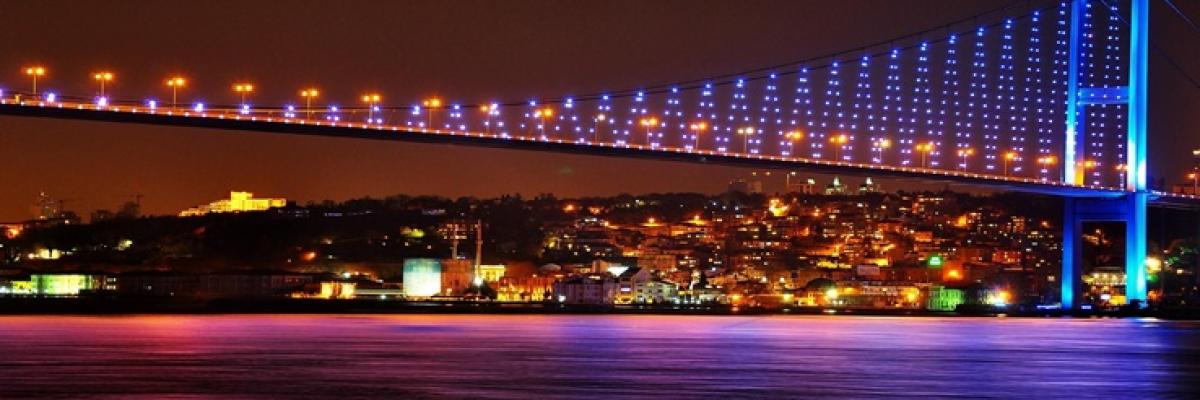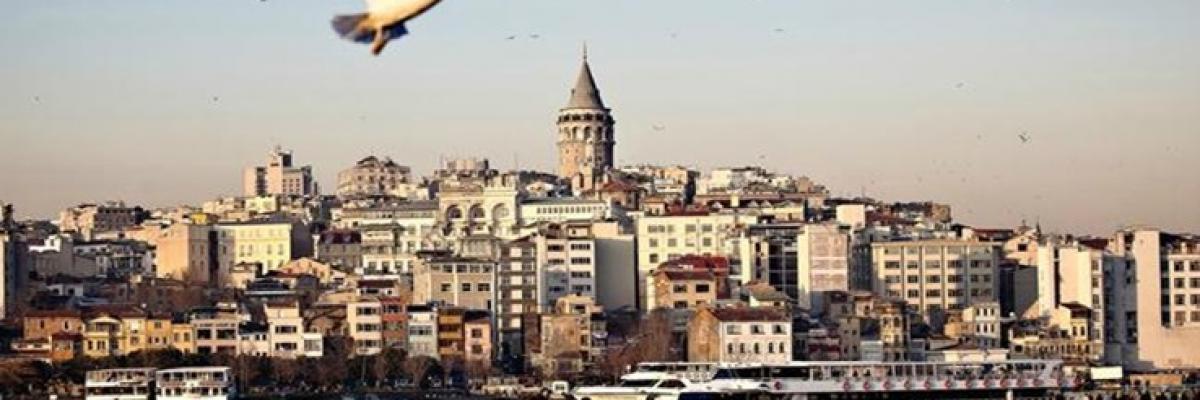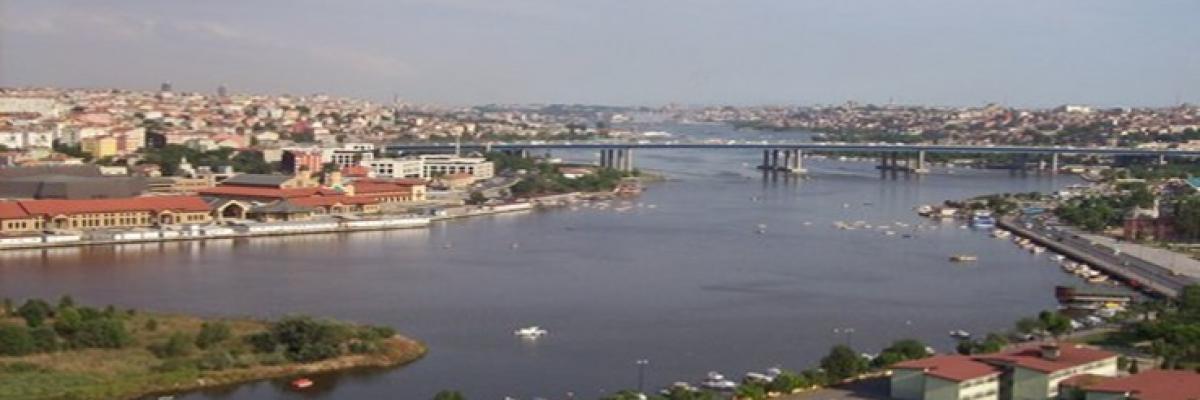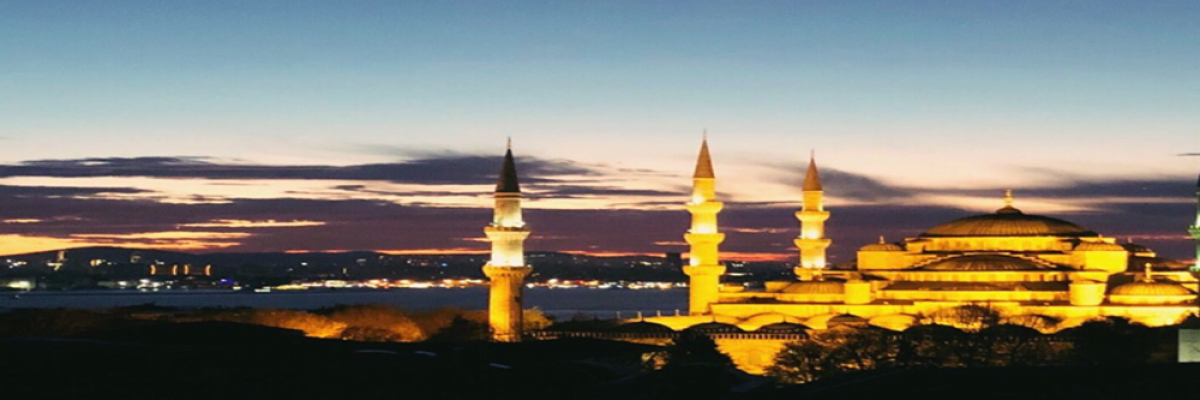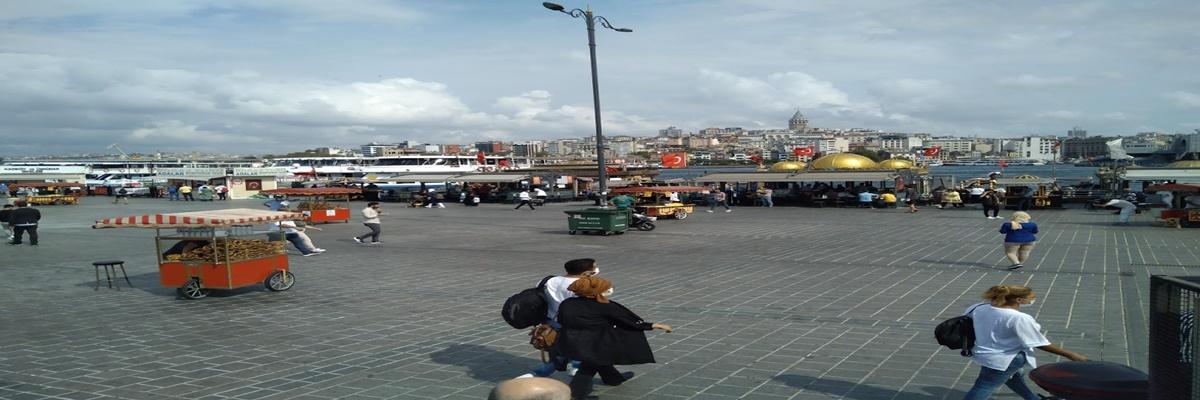Angola
Angola

Angola is a country located in south west Africa on the Atlantic Ocean coast. Namibia, the Democratic Republic of Congo and Zambia make up the neighboring countries of Angola, while the Morro de Moco mountain is the highest point in the country. A dry climate manifests itself along the Atlantic coast, while a cool and dry climate between May and October is seen between November and April. The capital of Angola, Luanda, is the center of Angolan trade, Angolan city life, Angolan life and Angolan politics.
In the country, which is a former Portuguese colony, Portuguese is the most common language, while the official language of the country is Portuguese again. While various local languages are spoken regionally in Angola, the languages of Kongoca, Chokwe, Umbundu and Kimbundu come after Portuguese. 37% of the country's population is formed by the local people of Ovimbundu.
Angola has very rich underground resources in its territory. Oil and diamonds are the country's most important export products. While the country, which is the second largest crude oil producer in the world, takes the first place among the export products, such that oil corresponds to 85% of Angola's exports. Angola is the fifth country in the world that produces the most diamonds. Angola, one of the four largest coffee producing countries in the world, is in a very prosperous situation in terms of underground and aboveground resources.
With this potential, Angola is eyeing to be a center of attraction for the international financial sector. The country is the most striking among the African countries, which developed with rapid strides after gaining its independence and the end of the wars. Especially the capital Luanda is taking firm steps towards becoming a metropolis. Luanda's architectural features are unique and developed compared to Angola and African continent countries, while plazas, business centers and skyscrapers represent the new developing face of Angola. Old colonial architecture forms the basis of Luanda architecture. Many Chinese investors in the country are working on the new face and infrastructure of Angola. In addition, Luanda port is the country's only gateway to the outside. While most of Angola's commercial activities are carried out in this port, Luanda is the administrative and commercial center of Angola.
Angolan Economy
The Angolan economy has been developing rapidly since the early 2000s. The main driving force of the economy of the country that gives a budget surplus is oil and diamonds. While the Angolan economy achieved an annual growth of 15% between 2004 and 2007 due to the increase in world oil prices, the economic crisis in 2008 caused a contraction in the Angola economy. As inflation begins to show itself, the capital Luanda is one of the five most expensive cities in the world, based on the last five years. Despite this, stability continues in Angola's economy. Angola annually imports $ 25 billion, while the corresponding figures such as trade relations between Turkey and Angola is growing every day. So much so that in 2013 the Ministry of Economy has identified Turkey as the country of Angola.
Angola holds an important place in the Turkey-based trading firms in the country, building construction, food, textile, automotive parts, machinery and agricultural equipment is exported.
Luanda Commercial Counselor Faruk Cömert
Life in Angola
Angola is a leading country among the rapidly developing countries of the African continent. While rich underground resources provide important contributions to the country's economy, especially oil and diamond are the lifeblood of Angola's economy. While the capital Luanda provides important data on Angola life, the country is the most important city for city life. While infrastructure works have come a long way in Luanda, which is considered as one of the five most expensive cities in the world, people from different nationalities can be found in the capital Luanda. Luanda is well developed in terms of social opportunities. Golf, tennis club, sqvash halls, dance courses, hotel gyms, swimming pools, concerts, art galleries, nightclubs are a very attractive option for foreigners in the country. Again, there are sheltered and thought-out sites about Angolan life outside the city, and residences in the city that will not cause any problems with accommodation problems. In addition, the Angolan architecture from the colonial period differs with the architectural features of the countries in the region. While there are schools in Angola that are the same as the foreign curriculum, French schools have an important place in Angola education life. The natural parks for life in Angola, the tropical island of Mousulu, Ilha, cabo ledo and Santiago beaches are remarkable places for the country and foreigners.
Where is Angola?
Angola is a south west African country. The countries that form the border of the country on the Atlantic Ocean are Congo, Namibia and Zambia.

General Information
Angola, whose capital is Luanda and has a population of approximately 22 million, was founded in 1975 by gaining independence from Portugal. In Angola, the official language is Portuguese, while Kwanza is used as the Currency. It is possible to use US Dollars during your visit to Angola. Credit card usage across the country is almost nonexistent. You can use the country currency at airports or banks.
Turkey is back clock to the local time for a further 2 hours.
Angola is among the countries that require a visa, you must have made your visa application and obtained a visa to Angola before you go.
Location
Angola is a country located in the southwestern part of the African continent. Its neighbors are Namibia in the south, the Democratic Republic of Congo in the northeast, and Zambia in the east. Atlantic Ocean is located in the west of the country.
Most Visited Cities
Luanda, Huambo and Lobito…
Climate / Weather
Angola has a tropical climate in the coastal parts, a moderate tropical climate in the middle, and a hot and dry climate in the south.
When to Go?
The best time to visit the country is between May and October.
Country Cuisine / What to Eat What to Drink?
It is very difficult to find a hygienic restaurant for eating and drinking in Angola. Angolan cuisine is mostly fish. Fresh fish and lobster are especially delicious on the coastline.
Angola has a lot to offer to tourists. This is a country visitors will find a truly amazing, supernatural quality. Picturesque savannahs, tropical forests, magnificent coastline and tender sun make this country a candidate as the perfect holiday destination. The country is famous not only for nature landmarks but also for numerous interesting towns rich in history. Angola is home to some unique places of interest, and its rich heritage cannot leave visitors indifferent.
The capital of the country, Luanda, is undoubtedly the historical center of Angola. The city was founded at the end of the 16th century when Angola was still a colonial country. Many architectural landmarks of Luanda are reminiscent of that period in the country's history. Most of the streets and neighborhoods are 16-18. It was built in the 19th century. If you take a walk in the streets of Luanda, you will notice beautiful mosaics decorated in the main streets of the old town. São Miguel Castle and university building are seen as the most famous buildings of the colonial era. There are also several museums mostly devoted to ethnographic and historical collections. The biggest fairs and most valuable artifacts can be found in the Angora Museum and Dundu Museum.
Those who prefer active rest will find what they want in the town of Namibe. The resort is famous for its absolutely stunning beaches that are suitable for a variety of water-based activities. Not far from the tent is a desert of the same name. Desert is a true paradise for hunting fans. During your Barça excursions, you'll see exotic animals, rare flowers and wild animals. Tombua is one of the popular tourist destinations in Angola. This is a port city that is very popular with fish lovers. Tombua is the largest fishing region in the country, so the best seafood markets and fish restaurants are located there.
One of the most beautiful national reserve areas in Angola is called Bibala County. The reserve is famous for its unique mineral springs and forests rich in herbs.
Travel fans are recommended to visit Benguela. The town still holds a historic castle built in the early 16th century. The castle witnessed numerous fights and attacks. It played an important role in the outcome of many military campaigns. Besides the old fortress, the historical part of the city is the location of several quarters dating back to the colonial period, as well as several museums mainly devoted to Angolan history.
History and Entertainment
B.C. In the 6th century, the lands of the modern country were occupied by the Bushman tribes, which gradually outlawed Bantu. The first history of the first state systems in Angola is associated with numerous tribal wars that lasted until the 13th century. In the early Middle Ages, Angola became part of the mighty Kingdom of Congo.
In 1482, the Portuguese were the first to enter the Angolan coast. Subsequently, Portugal competed with the Netherlands for the right to own new lands for many years. Despite multiple wars and indigenous displeasure, Portugal held control over Angola for hundreds of years. The country gained its independence only in 1975.
For many travelers, the charming African country is a place for exotic recreation. Today, there are modern beautiful resorts in the coastal area. Here, travelers can enjoy top-notch hotel services and visit different restaurants and entertainment centers.
Angola's coastal waters are rich in fish, so the country is visited by fans of big game fishing. Tombwa has many luxury sport fishing centers where you can rent the necessary equipment and order trips to the most interesting fishing docks. The underwater wealth makes Angola an attractive destination for diving and snorkeling enthusiasts. During certain period, tourists can take tours to admire rare black whales.
Nowadays Angola is one of the best places for eco tourism. Half of the entire territory of the country is unique forests and savannas. Angola also has several large national parks. During the excursions, you can see typical African animals in their natural habitat and admire rare plants.
Although Angola is an African country, it is characterized by its watery river network that houses unique natural treasures. Precious waterways have long turned into major tourist attractions. Travelers here can go rafting on the river and go on a boat trip. Fans of eco tourism are particularly attracted by the volcanic regions of Angola, where you can admire beautiful desert landscapes.
1. Quiçama National Park

Located on an area of approximately 9 thousand 960 square kilometers, Quiçama National Park (Quiçama National Park) is a very attractive address for tourists who come to African geography for safari. You can see many animal and plant species in this nature area, which was awarded the national park title in 1957. Although the animals in the region came to extinction in the past due to poaching, this danger was eliminated with the measures taken over the years.
2. Kalandula Falls
Kalandula Falls (Calandula Falls), considered among the largest and most magnificent waterfalls in Africa, is located approximately 361 kilometers from Luanda, the capital of the country. These wonderful waterfalls, with an average height of 105 meters, spill over the Lucala River. Known as Duque de Bragança Waterfalls in ancient times, Kalandula Waterfalls are visited by millions of tourists who come to the country every year.
3. Tundvala

Tundvala, one of the most impressive scenic spots in the country, is a region famous for its breathtaking cliffs with heights of more than two thousand meters. This mountainous region, about 18 kilometers from Lubango city center, is also known as "Serra da Leba". Tundvala, a delightful visit for mountaineers and photographers, who are fond of adrenaline, is very crowded, especially around sunset.
4. Miradouro da Lua

Miradouro da Lua, 40 kilometers from the capital Luanda, is a mountainous region formed by erosion caused by wind and rain. Known as one of the most popular tourist destinations in the country, Miradouro da Lua, which is the subject of movies with its interesting appearance, is also one of the most frequently visited places by those interested in climbing sports.
